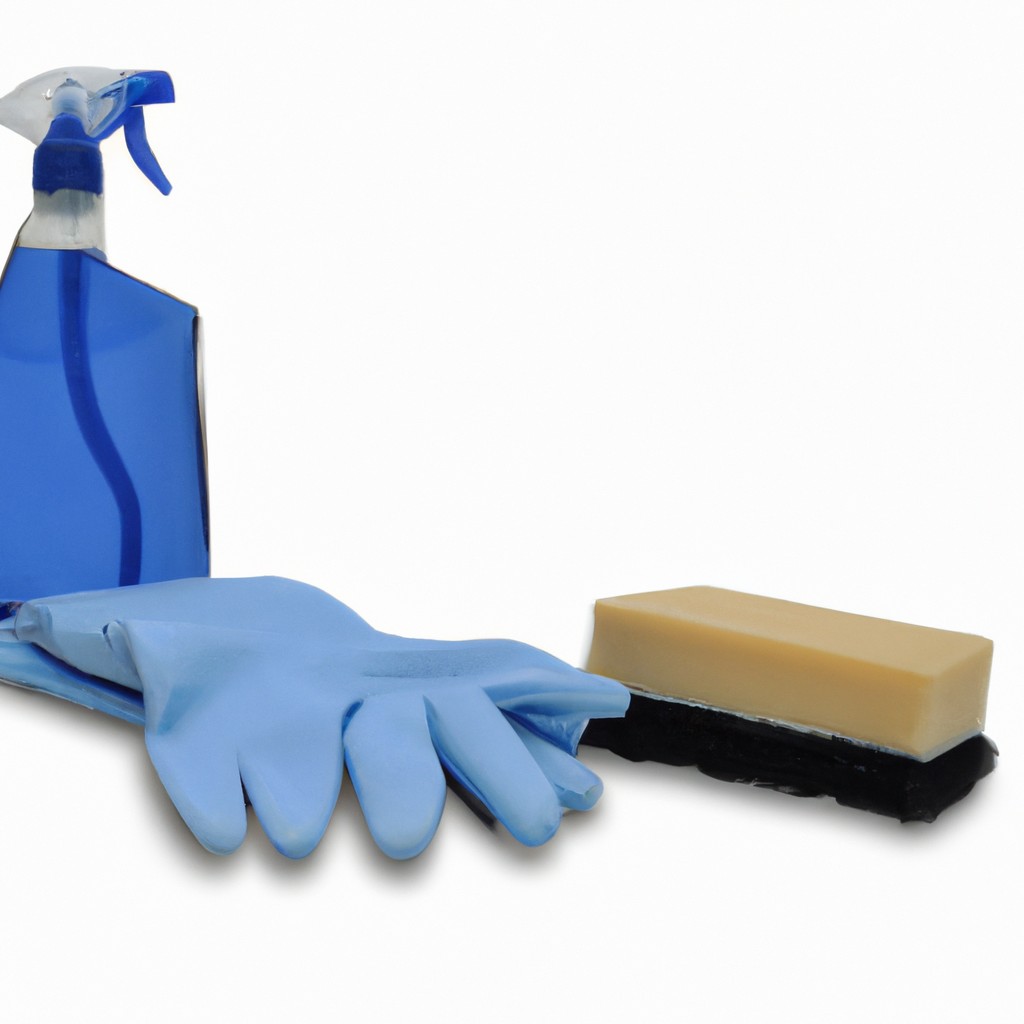Maintaining solar panel efficiency involves regular cleaning, and this guide will teach you the best methods to ensure peak performance.
Key takeaways:
- Clean solar panels for optimal efficiency and maximum electricity generation.
- Cleaning frequency depends on location, environmental factors, and seasons.
- Prioritize safety by turning off the solar system and using stable ladders.
- Essential tools: soft brush or squeegee, hose with gentle stream, biodegradable soap.
- Consider hiring professionals for inaccessible panels or complex systems.
Importance of Solar Panel Cleaning

Maintaining clean solar panels is essential to optimize their energy efficiency. Dust, leaves, bird droppings, and other debris can create shading and block sunlight, potentially reducing solar power output by 5-25%. Regular cleaning helps ensure panels operate at their maximum capacity, directly affecting the amount of electricity generated.
A clear surface allows for maximum sunlight absorption and minimizes the potential for hot spots, which can occur due to accumulated grime and lead to damaged cells within the panel. Furthermore, routine cleaning can extend the lifespan of the panels by preventing the buildup of materials that might cause long-term wear and result in costly repairs or replacements.
Frequency of Cleaning Based On Location and Environmental Factors
The cleaning schedule for solar panels is not one-size-fits-all; it’s influenced by several location-specific and environmental elements. In regions with high levels of dust and dirt accumulation, such as near agriculture or construction zones, monthly cleaning may be necessary to maintain efficiency. Conversely, in areas with regular rainfall, nature often offers a helping hand in rinsing away debris, reducing the need for frequent cleaning.
Local fauna, including birds and insects, can also affect how often you’ll want to clean your panels. If your area is prone to bird droppings or pollen, regular cleaning might be required to prevent build-up that diminishes panel performance.
Seasonal changes bear significance too. For example, in autumn, falling leaves may necessitate weekly inspections to ensure panels remain clear. In snowy locales, while the snow often slides off the smooth surface of the panels, a non-abrasive removal tool should be at the ready when accumulation interferes with energy absorption.
Lastly, coastal installations usually encounter salt mist, which can create a film on panels and necessitate more frequent cleaning. Monitoring system performance and conducting visual inspections will aid in determining the optimum cleaning frequency for your unique situation.
Safety Considerations Before Starting
Prioritize turning off the solar system to prevent electrical shocks during the cleaning process. Ensure that ladders are stable and secure, avoiding slippery or uneven surfaces that could lead to falls.
Use appropriate footwear with good grip to maintain footing on the roof. Consider weather conditions; avoid cleaning during wet or excessively windy weather to reduce accident risks. Wear protective gloves and eyewear to guard against any cleaning agents or debris.
Avoid walking on the panels to prevent damage or personal injury. If the panels are installed at a particularly high or hard-to-reach location, professional help is advised to ensure safety.
Tools and Materials Needed for Cleaning
Equipped with the right tools, you can efficiently and safely clean your solar panels. You’ll need a soft brush or a squeegee attached to a long extension pole, which will allow you to reach the panels without the need for a ladder. Opt for a rotating brush if possible to cover more surface area with less effort.
Select a hose with a suitable nozzle that can deliver a gentle stream of water. This is crucial in avoiding damage to the panels by high-pressure streams. Some homeowners may prefer a pressure washer on a very low setting, but caution is advised to prevent any potential harm.
Use biodegradable soap to minimize environmental impact and avoid leaving residue on the panels that might hinder performance. Remember that solar panels are often coated with anti-reflective materials, and harsh chemicals could damage this layer.
Lastly, you might want to include a bucket for mixing soapy water, and if you have hard water, consider a deionized water system to prevent mineral buildup. Softened water can also be a good alternative to prevent streaking.
When to Hire a Professional Cleaning Service
Hiring a professional cleaning service for your solar panels should be considered under certain circumstances:
- Inaccessibility: If your panels are mounted on a high or steep roof, professionals have the necessary equipment to safely access them.
- Complex Systems: For large installations or systems with monitoring sensors, professionals will ensure no damage is done to delicate components.
- Maintenance Contracts: Some solar providers offer maintenance packages that include cleaning, which can be cost-effective and ensure regular, expert care.
- Local Weather Conditions: Areas with frequent bird droppings, pollen, or extreme weather may require specialized cleaning methods best handled by experts.
- Warranty Concerns: Check if self-cleaning might void your warranty. Some manufacturers mandate professional servicing to keep the warranty intact.
Remember, the safety and longevity of your solar investment can sometimes merit the extra expense of a professional cleaning service.




